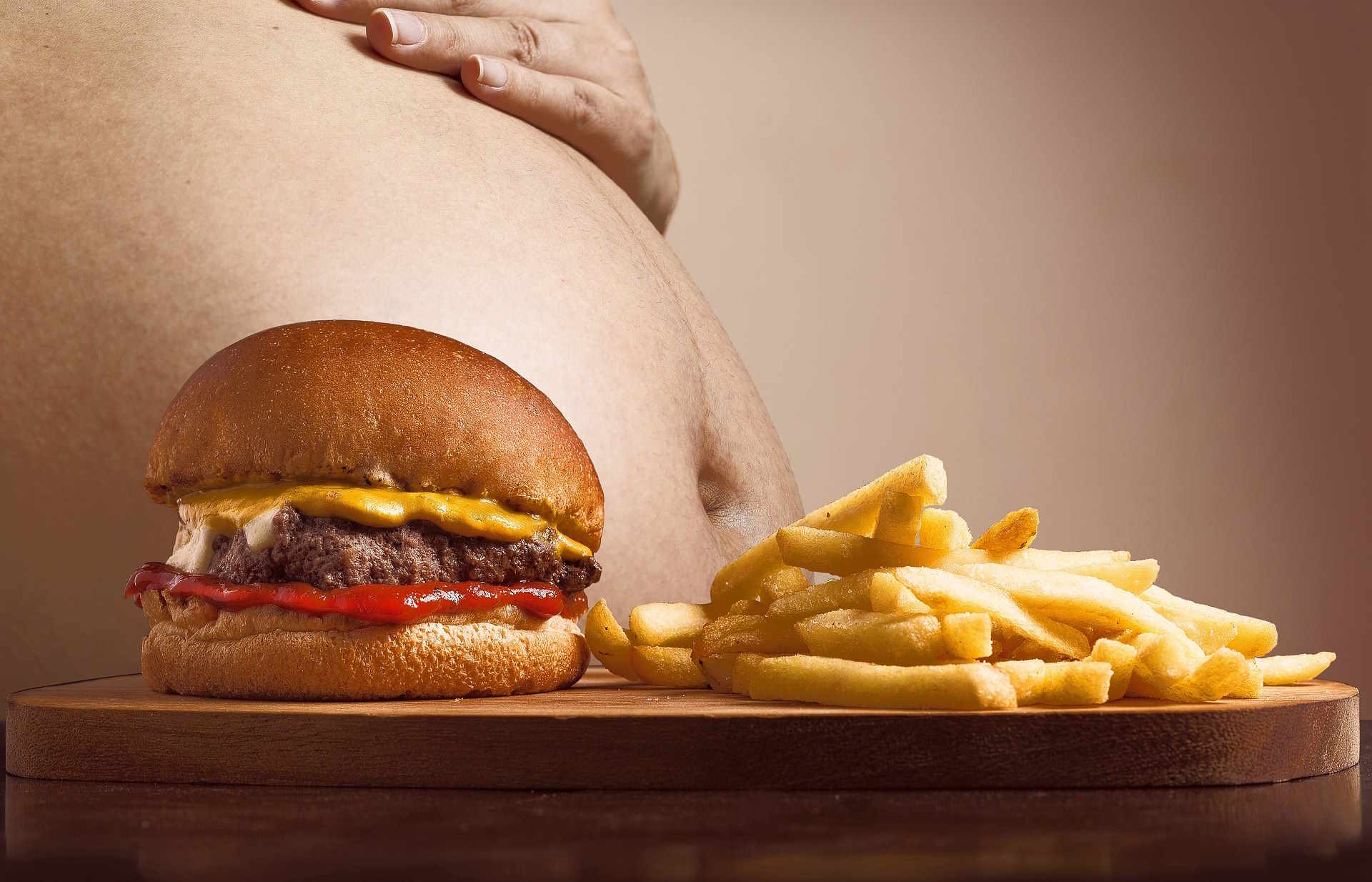Fat Removal in the United States: Treatments, Options, and What to Expect in 2025
Fat removal procedures have become increasingly accessible across the United States, with both surgical and non-surgical options available to address stubborn fat deposits. Modern techniques range from traditional liposuction to innovative non-invasive treatments, each offering different benefits and recovery timelines. Understanding your options, expected outcomes, and associated costs helps you make informed decisions about body contouring treatments.

Popular Fat Removal Methods in the U.S.
Liposuction remains one of the most commonly performed cosmetic procedures nationwide, utilizing suction to remove fat cells permanently from targeted areas. Traditional tumescent liposuction involves injecting a solution to minimize bleeding and discomfort, while power-assisted and ultrasound-assisted variations offer enhanced precision.
CoolSculpting, approved by the FDA, uses controlled cooling to freeze and eliminate fat cells without surgery. This cryolipolysis treatment targets specific areas like the abdomen, flanks, and thighs through multiple sessions. SculpSure employs laser technology to heat and destroy fat cells, typically requiring 25-minute sessions with minimal downtime.
Radiofrequency treatments like Vanquish and truSculpt use controlled heat to reduce fat layers across larger treatment areas. These methods work gradually, with results becoming visible over several months as the body naturally processes eliminated fat cells.
How Does Laser Fat Removal Work?
Laser fat removal operates through targeted energy delivery that heats fat cells to temperatures that cause cellular damage while preserving surrounding tissues. During treatment, laser applicators are positioned on the skin surface, delivering controlled thermal energy to subcutaneous fat layers.
The heat disrupts fat cell membranes, triggering a natural inflammatory response that gradually eliminates damaged cells through the lymphatic system. This process, called apoptosis, occurs over 6 to 12 weeks following treatment, with optimal results typically visible after multiple sessions.
Different laser systems operate at varying wavelengths and power levels. Diode lasers commonly used in treatments like SculpSure reach temperatures of approximately 107 degrees Fahrenheit in targeted fat layers while maintaining comfortable skin surface temperatures through integrated cooling mechanisms.
Effectiveness of Non-Surgical Options
Non-surgical fat removal typically reduces targeted fat layers by 20 to 25 percent per treatment area, though individual results vary based on factors like body composition, treatment area, and adherence to post-treatment guidelines. Multiple sessions are usually required to achieve desired outcomes.
Clinical studies demonstrate that cryolipolysis treatments can produce measurable fat reduction in 79 percent of patients, with results appearing gradually over 2 to 4 months. Laser treatments show similar effectiveness rates, with some patients experiencing continued improvement for up to 6 months post-treatment.
These methods work most effectively on localized fat deposits rather than overall weight loss. Ideal candidates maintain stable body weight and have realistic expectations about gradual improvement rather than dramatic transformation. Results are generally permanent, as destroyed fat cells do not regenerate, though remaining cells can still enlarge with weight gain.
Key Considerations Before Treatment
Medical evaluation is essential before any fat removal procedure to assess candidacy and discuss realistic expectations. Certain medical conditions, including diabetes, autoimmune disorders, and bleeding disorders, may affect treatment suitability or healing processes.
Maintaining stable body weight for at least three months before treatment optimizes results and reduces complications. Patients should disclose all medications, supplements, and medical history, as some substances can increase bleeding risk or interfere with healing.
Recovery requirements vary significantly between surgical and non-surgical approaches. Liposuction typically involves several weeks of limited activity and compression garment use, while non-invasive treatments allow immediate return to normal activities with possible mild soreness or swelling.
Understanding realistic timelines helps set appropriate expectations. Surgical results are visible immediately but continue improving over months as swelling subsides. Non-surgical treatments require patience, as results develop gradually through natural biological processes.
Cost Overview of Fat Removal in the U.S. (2025)
Fat removal costs vary considerably based on treatment type, geographic location, provider expertise, and treatment area size. Understanding typical pricing ranges helps in planning and comparing options across different providers and techniques.
| Treatment Type | Provider Examples | Cost Estimation |
|---|---|---|
| Traditional Liposuction | Plastic Surgery Practices | $3,500 - $7,500 per area |
| CoolSculpting | CoolSculpting Centers, Dermatology Clinics | $750 - $1,500 per session |
| SculpSure | Medical Spas, Aesthetic Clinics | $1,200 - $2,400 per treatment |
| Radiofrequency Treatments | Aesthetic Centers, Dermatology Offices | $1,000 - $3,000 per area |
Prices, rates, or cost estimates mentioned in this article are based on the latest available information but may change over time. Independent research is advised before making financial decisions.
Geographic location significantly impacts pricing, with metropolitan areas typically commanding higher fees than smaller markets. Additional costs may include consultation fees, follow-up appointments, and post-treatment garments or supplies. Many providers offer package deals for multiple treatment areas or sessions, which can reduce per-treatment costs.
Insurance typically does not cover cosmetic fat removal procedures, making them out-of-pocket expenses. Some practices offer financing options or payment plans to make treatments more accessible to patients seeking body contouring solutions.
Fat removal technology continues advancing, offering patients various options suited to different needs, budgets, and lifestyle preferences. Whether choosing surgical or non-surgical approaches, thorough research and consultation with qualified providers ensures safe, effective treatment aligned with individual goals and circumstances.
This article is for informational purposes only and should not be considered medical advice. Please consult a qualified healthcare professional for personalized guidance and treatment.




